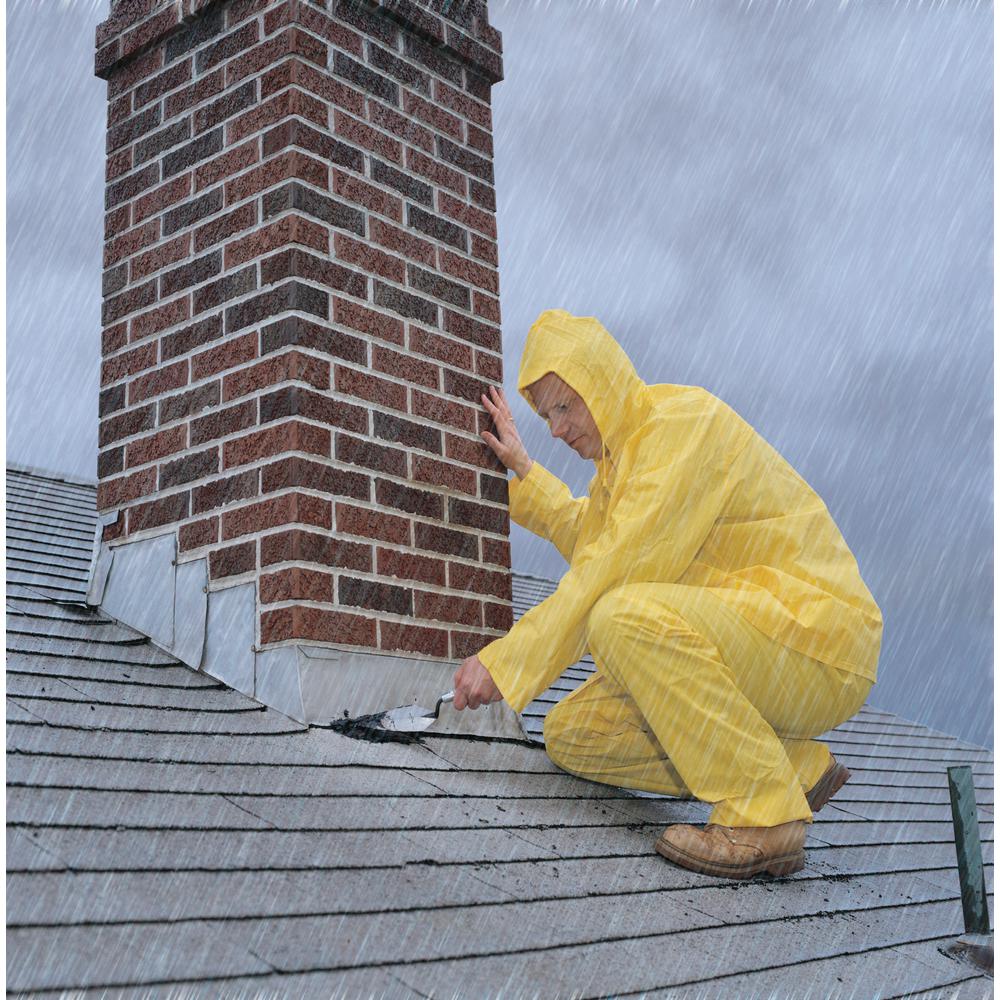This may change if you live in an area with high amounts of humidity slowing down the drying process.
Wet or dry roofing tar.
Roofing tar will also protect your roof from wind and from snow and water which can collect on a flat roof.
It also works great in new construction and in setting flashings drip edges and roofing material edges.
Use in wet or dry conditions to seal and stop leaks around flashings skylights vent pipes chimneys and valleys.
It is best to wait until conditions are clear and your roof is dry to make any repairs and installations.
Why not to use tar to patch your roof or chimney lead it s every homeowner s worst nightmare.
Roofing tar is a good choice for a flat roof as this kind of material is highly resistant to the ultraviolet rays from the sun.
It seals damaged areas and gives a layer of waterproof protection.
While some roofing projects can be completed in as little as a day the average home re roof with take several days.
However tar is an unsustainable product.
It is also excellent for use below grade in heavy duty foundation water proofing and damp proofing.
Roof repair and roof replacement can seem like an invasive and expensive dilemma causing many homeowners to want to simply patch the leak with a bucket read more.
It s raining and there is water leaking inside your home.
A slick roof can put workers at risk and increases the likelihood for injuries and damage to your home.
During its application and during the curing process it can give.
While this varies wildly depending on your current weather conditions it is recommended that you leave the tar for a number of days for the tar to completely cure and dry without being disturbed.

